Explore the Sound of Islands That Never Existed
Sailors would sometimes come back with stories of imaginary isles.

As a composer, Andrew Pekler aims to make music that uses synthetic sounds to build real-seeming places. With electronic instruments, he creates the sound of wind, waves, bird calls, and insects.
“The sweet spot for me is when a piece I have made can be simultaneously heard as both a field recording and as a completely composed, synthetic construct,” he says.
In his new work, an online, interactive soundscape called Phantom Islands, he marshals that idea to create a tour of islands that mapmakers once believed were real, but do not actually exist. Working with the web designer and developer Flavio Gortana, Pekler drew a map of imagined islands and filled each one with an fictional auditory atmosphere.


When European ships were traveling the world during the Age of Exploration, the men on board would come back with tales of the islands they’d come across, previously unknown to their societies. Usually these reports would be accurate enough, but sometimes this system went awry. Ship captains would conjure up imaginary islands to please their funders; their senses miscalibrated by months at sea, sailors would report seeing land where none existed.
Over time, these reports would be corrected, although sometimes it would take centuries; reports of phantom islands are still being debunked in this century. They’re strange relics of a human attempt to better understand the world, with all the flaws that came along with that project.
That’s part of what fascinates Pekler. “These nonexistent places are connected with real stories of human avarice, bravery, piety, cruelty, fallibility, and arrogance,” he says.
The islands on his map each have their own unique, synthetic sonic landscape, anchored in reality. For example, the islands located in southeast Asia and the Pacific incorporate sounds that evoke the instruments of that region. But the phantom islands on the map have their own internal logic as well: Neighboring islands have overlapping soundscapes, and moving from one to another can be like playing through an album.
Set to map to Cruise, and it will take you on a tour, bubbling with uncanny sounds. Or you can explore on your own, hopping from one island to another, imagining places that never existed.


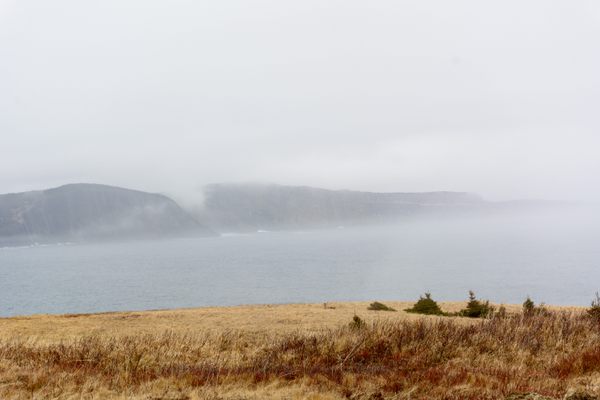
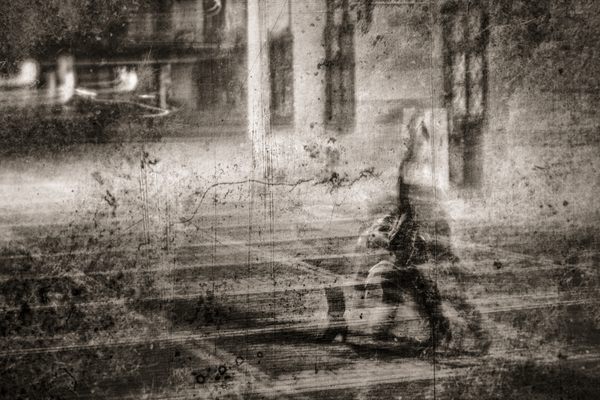
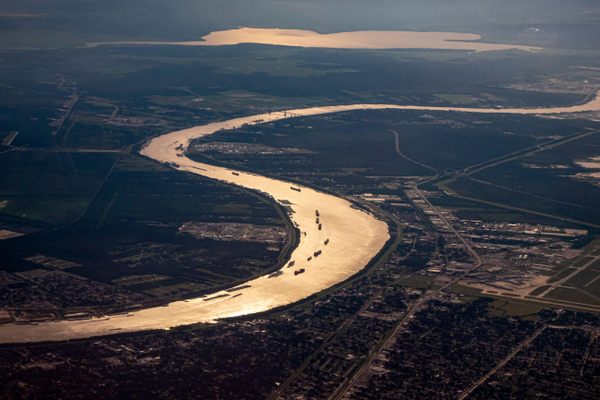
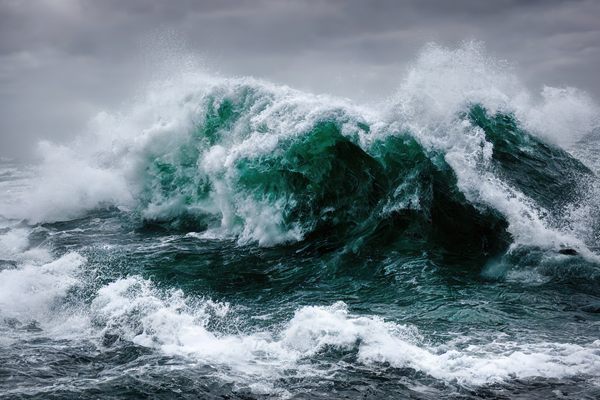





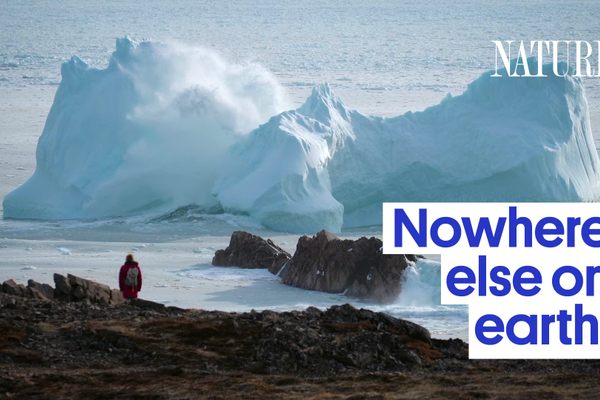

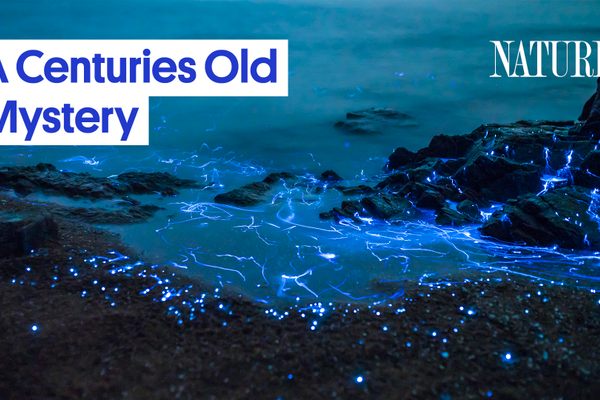
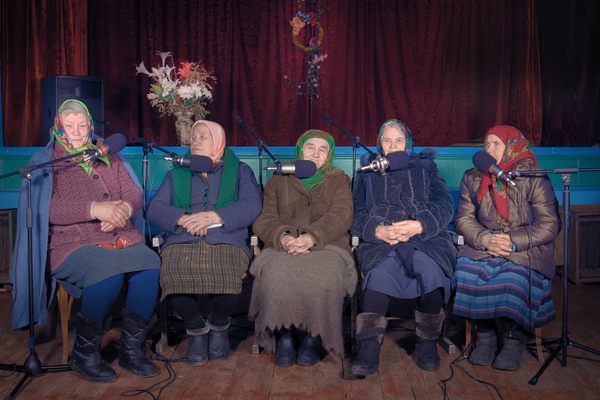


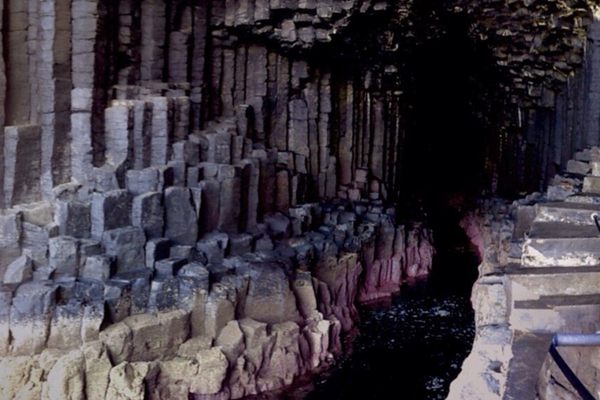


Follow us on Twitter to get the latest on the world's hidden wonders.
Like us on Facebook to get the latest on the world's hidden wonders.
Follow us on Twitter Like us on Facebook